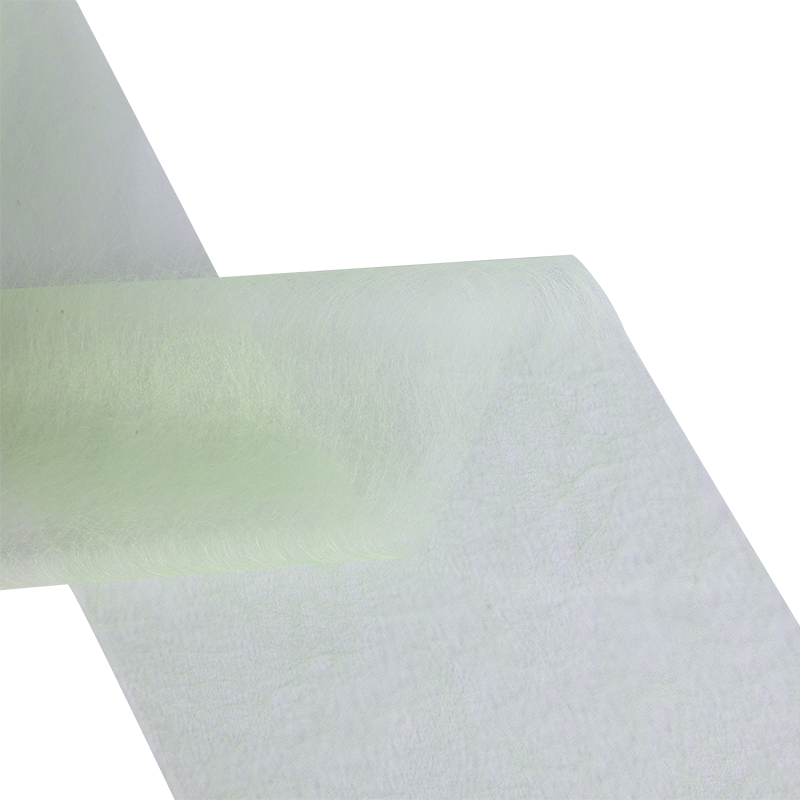Coarse Denier Nonwoven Fabric
A coarse denier nonwoven fabric is used for drainage and filtration applications. These nonwovens offer better tear and abrasion resistance as compared to fabrics that are not a coarse denier. In addition, they also provide a high degree of porosity and moisture barrier, thereby enabling them to be used in applications where the nonwoven properties need to be enhanced. Coarse denier nonwovens are commonly used as tufted carpet base cloth, nonwoven wall covering, and filter frame support. They are available in a variety of colors and are ideal for many types of commercial applications.
PP coarse-denier nonwovens are manufactured from high-quality polypropylene fibers. This material is very durable and can withstand repeated washings. It has strong tear and temperature resistance, as well as good chemical resistance. Furthermore, it can mimic the look of woven clothing. Moreover, it is recyclable and biodegradable.
Generally, nonwovens are made from long fibers that are bonded by various processes. Using a combination of components in a nonwoven can lead to the production of different nonwoven fabrics with unique properties. The characteristics of these materials are primarily determined by the structural geometry of the fabric.
Nonwoven fabrics are used for a variety of applications, including filtration, drainage, packaging, and aesthetic enhancement. They are versatile, incombustible, and inexpensive. But there are some key factors that can affect their performance.
The structural geometry of a nonwoven is largely dependent on the fiber segments that are present in it. Specifically, the segments of a fiber determine the tearing strength and stress-strain property of the nonwoven. Other factors, such as fiber volume, density, tensile strength, and fiber finish, can also have an impact on the fabric's mechanical properties.
Another factor that can influence the structure of nonwovens is the number of fibers present in a web. For example, a nonwoven fabric with a larger number of fibers can yield a higher coefficient of variation for tensile strength than one with fewer fibers. Similarly, an uneven distribution of fiber orientation leads to anisotropic behaviors in mechanical properties.
Another parameter that affects the quality of nonwoven fabrics is web weight uniformity. The optimum weight for a web should be approximately 25 grams per square meter. However, this can vary from web to web. Because of this, it is essential to use a web with uniform weights when evaluating the fabric's quality.
Finally, the permeability of a multi-layer glass and ceramic nonwoven was measured using a Frazier permeability tester. The permeability of the sample varied with the thickness and width of the fabric and the volume fraction of the fibers. Using weighted averages for the density and diameter of the fibers, the theoretical permeability was calculated. Compared with the experimental permeability, the theoretical permeability was found to be lower in all cases.
Ultimately, the differences in the permeability of a nonwoven fabric were attributed to the lack of random distribution of the fibers. As a result, it was easier to anchor the bi-component microfibers to the cement matrix.

